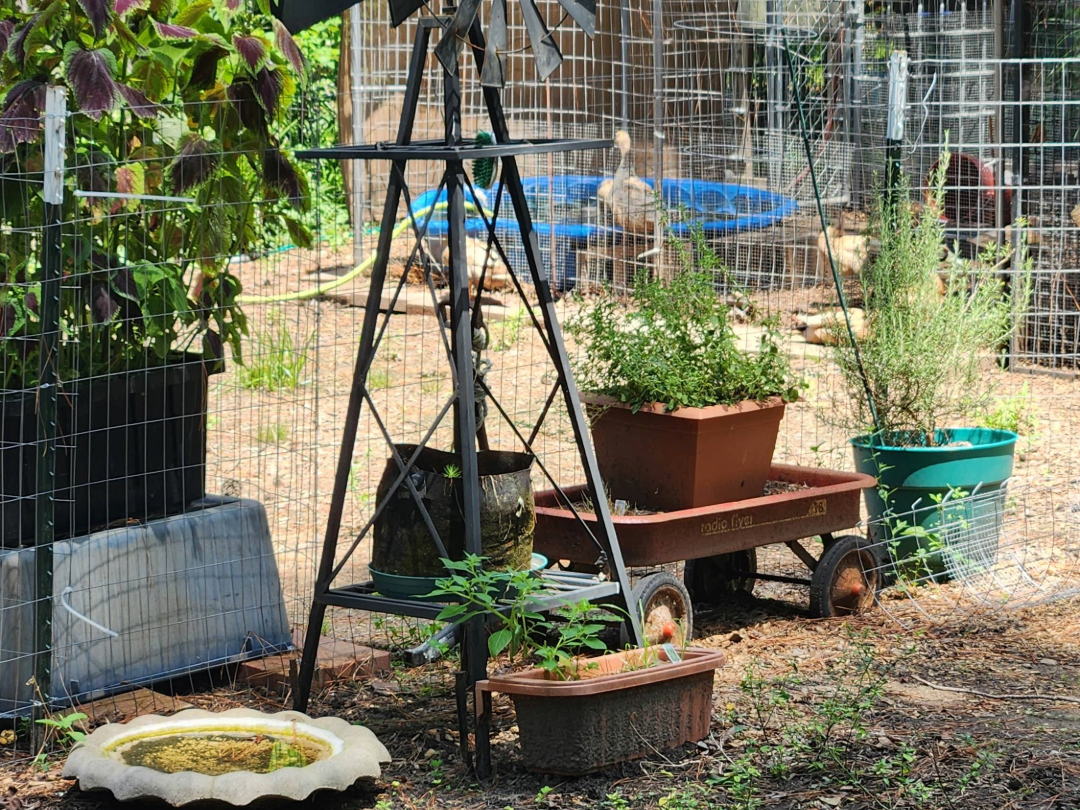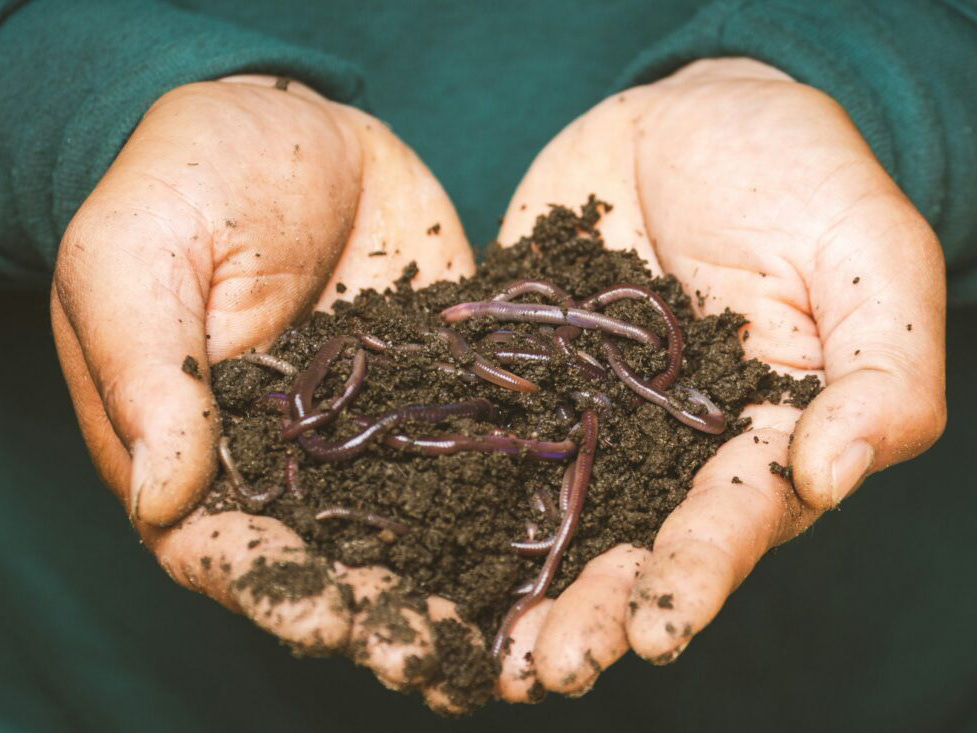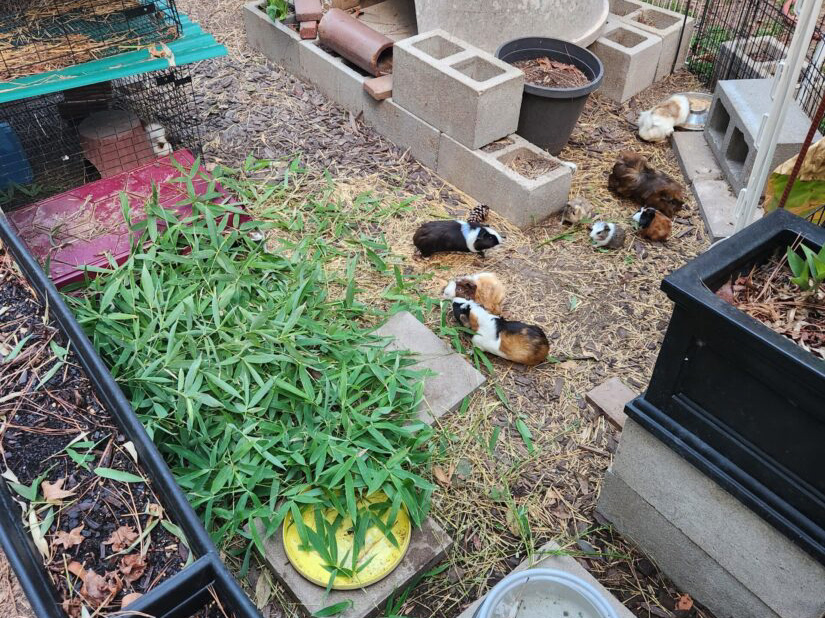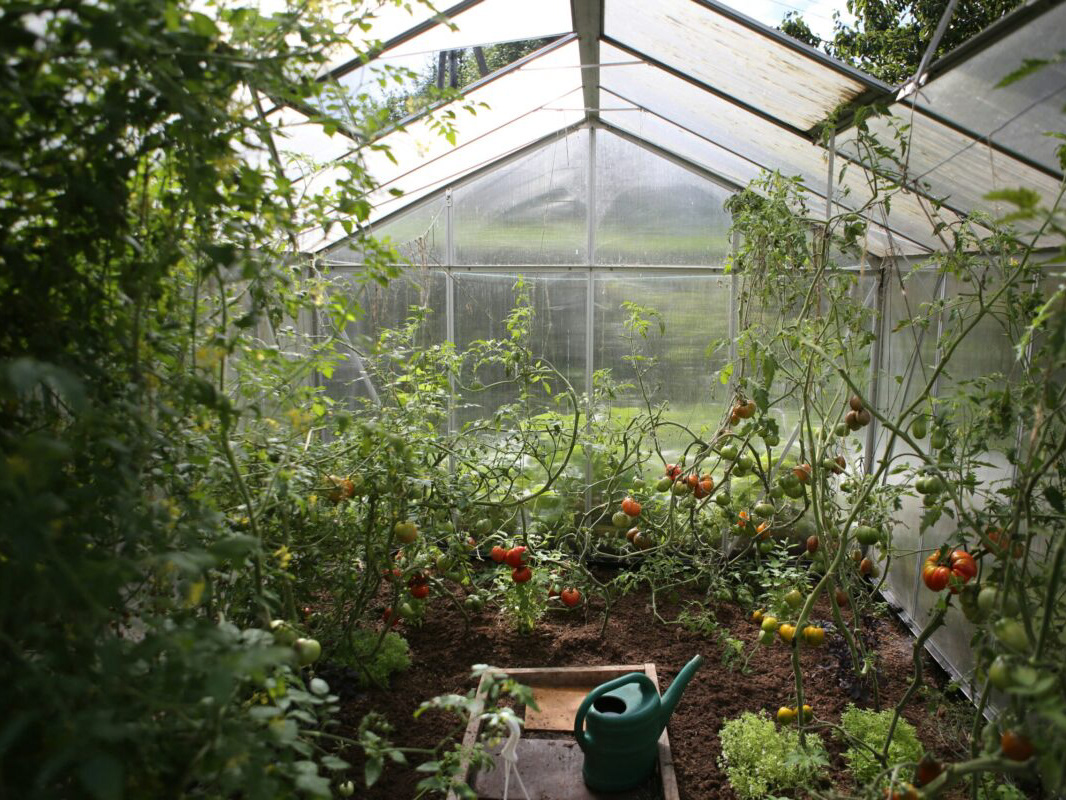Lemongrass, scientifically known as Cymbopogon Citratus, is a tall, perennial grass native to tropical regions of Asia, primarily India, Sri Lanka, Malaysia, and Thailand. It has been cultivated and utilized for thousands of years, both for its culinary applications and its medicinal properties.
Lemongrass is a versatile and aromatic herb widely cherished for its distinct citrusy flavor and numerous health benefits. Popular in various culinary traditions, this tall, grassy plant has found its way into kitchens and gardens around the world. Lemongrass boasts a rich history and a multitude of uses. Known for its antibacterial and anti-inflammatory properties. Lemongrass has been a staple in natural remedies for centuries.
Rich in Essential Nutrients:
Lemongrass contains essential vitamins and minerals, including Vitamin A, Vitamin C, and B Vitamins. Minerals such as Iron, Magnesium, Potassium, and Phosphorus are in Lemongrass as well. These nutrients are vital for maintaining overall health and supporting various bodily functions.
High in Antioxidants: Lemongrass is rich in antioxidants, which help fight free radicals in the body. Free radicals are unstable molecules that can damage cells and contribute to aging and diseases. The antioxidants in Lemongrass, such as flavonoids and phenolic compounds, help protect the body from oxidative stress and inflammation.
Supports Immune Function: The vitamin C content in Lemongrass boosts the immune system, helping the body fight off infections and illnesses. Additionally, this herb has antimicrobial and antibacterial properties that can help prevent and treat infections.
Promotes Healthy Skin: The high antioxidant content in Lemongrass can contribute to healthy, glowing skin. Antioxidants help combat the effects of aging and reduce the appearance of fine lines and wrinkles. Moreover, Lemongrass has antimicrobial properties that can help treat acne and other skin infections.
Aids Digestion: Lemongrass is known for its digestive benefits. It can help relieve bloating, constipation, and indigestion. The herb contains compounds that can stimulate the digestive system, improving the absorption of nutrients and promoting a healthy gut.
Detoxifies the Body: Lemongrass has detoxifying properties that can help cleanse the liver and kidneys, flushing out toxins and improving overall organ function. This detoxification process supports the body’s natural ability to eliminate waste and maintain optimal health.
For more information visit: usda.gov
Lemongrass as a Natural Insect Repellent
Lemongrass is well-known for its ability to repel insects, particularly mosquitoes. This attribute makes it a popular choice for natural pest control in gardens and households. Here’s how Lemongrass helps in repelling insects and how you can use it effectively.
Citronella Content: The primary reason Lemongrass is effective at repelling insects is its high citronella content. Citronella is a natural oil extracted from Lemongrass and other plants, known for its strong citrus scent. This scent masks the odors that attract mosquitoes and other insects, making it harder for them to locate their targets.
Natural Insecticide Properties: Lemongrass oil has been found to have insecticidal properties that can kill or deter a variety of pests. It works by affecting the insects’ nervous systems, leading to disorientation and deterrence.
How to Use Lemongrass to Repel Insects
Planting Lemongrass in the Garden: Plant Lemongrass around outdoor seating areas, patios, and entryways to naturally deter mosquitoes and other insects. The plant’s strong scent acts as a barrier, reducing the number of pests in the vicinity.
Using Lemongrass Oil
Essential Oil: Lemongrass essential oil can be used in various ways to repel insects. Dilute a few drops of the oil in water and use it as a spray around the home, particularly in areas where insects are a problem.
Topical Application: Mix Lemongrass oil with a carrier oil (like coconut or jojoba oil) and apply it to your skin to help keep mosquitoes away. Always perform a patch test first to ensure you do not have an adverse reaction.
Homemade Lemongrass Spray: Create a homemade insect repellent spray by combining Lemongrass oil with water and a bit of rubbing alcohol. Use this spray on outdoor furniture, plants, and around doorways to deter insects.
Lemongrass Candles and Diffusers: Use Lemongrass-scented candles or diffusers in your home or outdoor spaces. The scent of burning lemongrass oil can help keep insects at bay while adding a pleasant aroma to the environment.
Fresh Lemongrass Stalks: Crush fresh Lemongrass stalks to release their oils and place them around your living areas. This can be particularly effective in small, enclosed spaces.
Additional Tips
Combine with Other Repellents: For enhanced effectiveness, combine Lemongrass with other natural repellents like citronella, eucalyptus, and lavender.
Regular Reapplication: Natural repellents may need to be reapplied more frequently than synthetic ones, especially after sweating or exposure to water.
Using Lemongrass as a natural insect repellent is a safe and eco-friendly alternative to chemical-based repellents. Whether in plant form, as an essential oil, or in homemade sprays, Lemongrass can help you enjoy your outdoor and indoor spaces without the nuisance of insects.
Ancient Uses and Spread
India: Lemongrass has a long history in India, where it is known as “Choomana Poolu” in Tamil. It was traditionally used in Ayurvedic medicine for its therapeutic properties, including as a treatment for fever, digestive issues, and inflammation. The herb’s oil, extracted from its leaves, was also used in various remedies.
Sri Lanka: In Sri Lanka, Lemongrass, referred to as “sera,” was used in traditional Sinhalese medicine. It was commonly incorporated into herbal teas and remedies aimed at boosting immunity and promoting relaxation.
Southeast Asia: Lemongrass spread to other parts of Southeast Asia, where it became a staple ingredient in regional cuisines. In Thailand, Vietnam, and Malaysia, Lemongrass is an essential component of many dishes, from soups and curries to marinades and beverages. The plant’s aromatic qualities and citrusy flavor make it a versatile addition to a variety of recipes.
Introduction to the West
Colonial Influence: The global spread of Lemongrass can be attributed in part to colonial trade routes. European colonizers and traders, who encountered Lemongrass in Asia, brought it back to their home countries. It was introduced to the Caribbean, Africa, and Central and South America, where it thrived in tropical climates.
Modern Cultivation: Today, Lemongrass is grown in many parts of the world, including the United States, where it is cultivated in states with warm climates such as Florida and California. Its popularity continues to grow, driven by the increasing interest in global cuisines and natural health remedies.
Growing and Harvesting Lemongrass
Growing Lemongrass at home is a rewarding experience, as it is a relatively low-maintenance plant that can thrive in various environments. Whether you have a spacious garden or just a small balcony, you can enjoy fresh Lemongrass for your culinary and medicinal needs. Here’s a guide on how to grow and harvest Lemongrass.
Choosing the Right Location:
Climate: Lemongrass thrives in warm, sunny climates. It prefers temperatures between 70°F and 85°F (21°C to 29°C).
Sun-light: Ensure the plant receives full sun, at least 6-8 hours a day.
Planting Lemongrass:
From Seeds: Although less common, you can start Lemongrass from seeds. Sow seeds in a well-draining potting mix and keep them warm and moist until they germinate.
From Stalks: The most common method is planting stalks. Purchase fresh lemongrass stalks from a grocery store or a garden center. Ensure they have a bit of the base intact. Place the stalks in a glass of water, ensuring the base is submerged. Change the water every few days. In about 2-3 weeks, roots and new shoots will appear. Once the roots are a few inches long, transplant the stalks into pots or directly into your garden, spacing them about 24 inches apart.
Soil Requirements:
Lemongrass prefers well-draining soil rich in organic matter. Slightly sandy or loamy soil is ideal. Maintain a soil pH between 5.0 and 8.0.
Watering: Keep the soil consistently moist but not water-logged. Water the plant regularly, especially during dry periods. Mulching around the base can help retain moisture.
Fertilization: Feed Lemongrass with a balanced, all-purpose fertilizer every couple of months during the growing season. Organic compost can also provide essential nutrients.
Container Gardening: If space is limited, grow Lemongrass in a large container with good drainage. Ensure the container is at least 12 inches in diameter and depth.
Harvesting Lemongrass
When to Harvest: Lemongrass is ready for harvest when the combined stalks are at least 1/2 inch in diameter, typically after 4-8 months of growth. The best time to harvest is in the morning when the essential oils are most concentrated.
How to Harvest: Use a sharp knife or garden shears to cut the stalks close to the base.
For continuous harvest, leave a few inches of the stalks to allow regrowth.
For continuous harvest, leave a few inches of the stalks to allow regrowth.
Using Lemongrass
Culinary Use: The tender inner part of the stalk is used in cooking. Remove the tough outer leaves and finely chop the white and light green parts for use in recipes.
Medicinal Use: The leaves can be dried and used for teas or infusions.
Storing Lemongrass:
Storing Lemongrass:
Fresh Lemongrass stalks can be stored in the refrigerator for up to two weeks. Wrap them in a damp paper towel and place them in a plastic bag. For long-term storage, chop the stalks and freeze them in airtight containers or freezer bags. They can be used directly from the freezer in cooking.
Growing and harvesting your Lemongrass not only ensures a fresh supply but also allows you to enjoy the full spectrum of its flavors and health benefits. With minimal effort, you can cultivate this versatile herb and incorporate it into your culinary and wellness routines.
Cultural Significance
Thailand: In Thai culture, Lemongrass is a key ingredient in traditional dishes such as Tom Yum soup and various curries. It is also used in herbal teas and traditional medicines.
Vietnam: In Vietnamese cuisine, Lemongrass is used to flavor soups, grilled meats, and stir-fries. It is often combined with other aromatic herbs to create complex and flavorful dishes.
Africa and the Caribbean: Lemongrass, introduced by colonizers, has been incorporated into local cuisines and traditional medicines. It is often used in teas and as a natural remedy for various ailments.
Health Risks of Consuming Lemongrass
While Lemongrass is generally considered safe for most people when used in culinary amounts, there are a few potential health risks and precautions to be aware of:
Allergic Reactions: Some individuals may experience allergic reactions to Lemongrass, though this is rare. Symptoms can include skin rashes, itching, difficulty breathing, or swelling of the face and lips. If you experience any of these symptoms, discontinue use and seek medical advice.
Pregnancy and Breastfeeding:
Pregnancy and Breastfeeding:
Pregnant and breastfeeding women should exercise caution when consuming Lemongrass. There is some concern that Lemongrass may stimulate menstrual flow and potentially lead to complications during pregnancy. Always consult with a healthcare provider before adding Lemongrass to your diet if you are pregnant or breastfeeding.
Interactions with Medications: Lemongrass may interact with certain medications, particularly those that affect blood sugar and blood pressure levels. If you are on medication for diabetes, hypertension, or any other chronic condition, consult your doctor before using Lemongrass in medicinal quantities.
Digestive Issues:
Consuming large amounts of Lemongrass can potentially cause stomach upset, including symptoms like nausea, vomiting, and diarrhea. It’s best to start with small amounts and observe how your body reacts.
Safe Consumption Tips
Moderation: Use Lemongrass in moderation, especially if you are new to it. Culinary amounts typically found in recipes are generally safe.
Quality and Source: Ensure that the Lemongrass you consume is of high quality and sourced from reputable suppliers. Fresh, organic Lemongrass is preferable to avoid pesticide residues and other contaminants.
Preparation: When using fresh Lemongrass, remove the tough outer leaves and only use the tender inner stalks. This part is not only more flavorful but also easier to digest.
Consult Healthcare Providers: If you have any existing health conditions or concerns, consult your healthcare professional before adding Lemongrass to your diet. This is especially important if you’re considering using Lemongrass for its medicinal properties rather than just as a culinary herb.
For more information you can visit: WebMD
Conclusion
Lemongrass is a flavorful and beneficial herb when used appropriately. While it offers numerous health benefits, it’s crucial to be aware of potential risks and use it safely. By following these guidelines, you can enjoy the many advantages without adverse effects.
As always you can follow along on Facebook!








